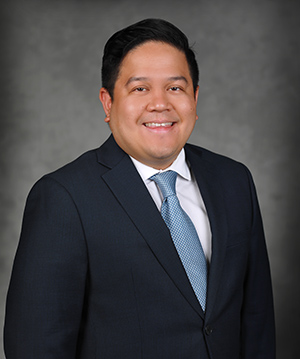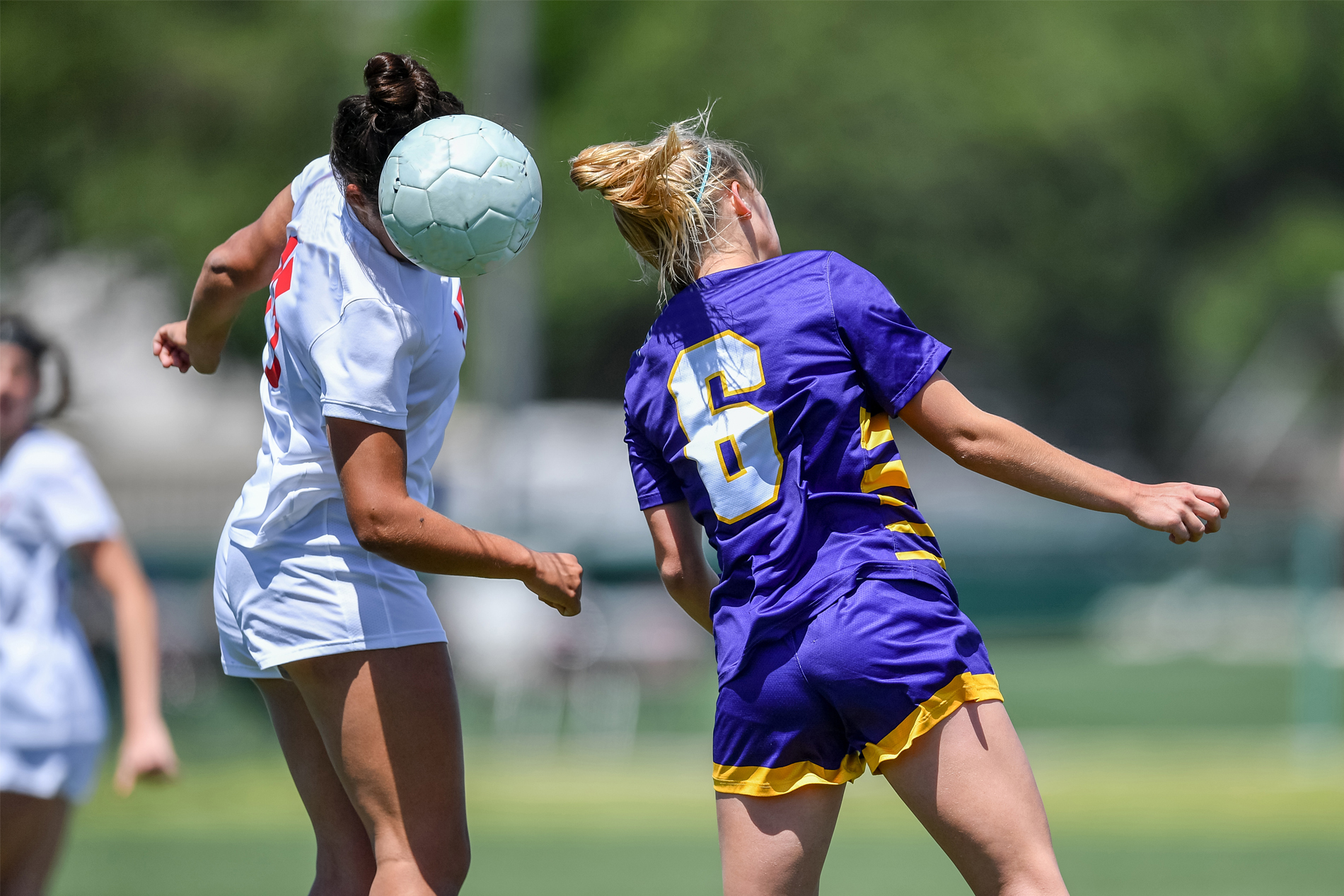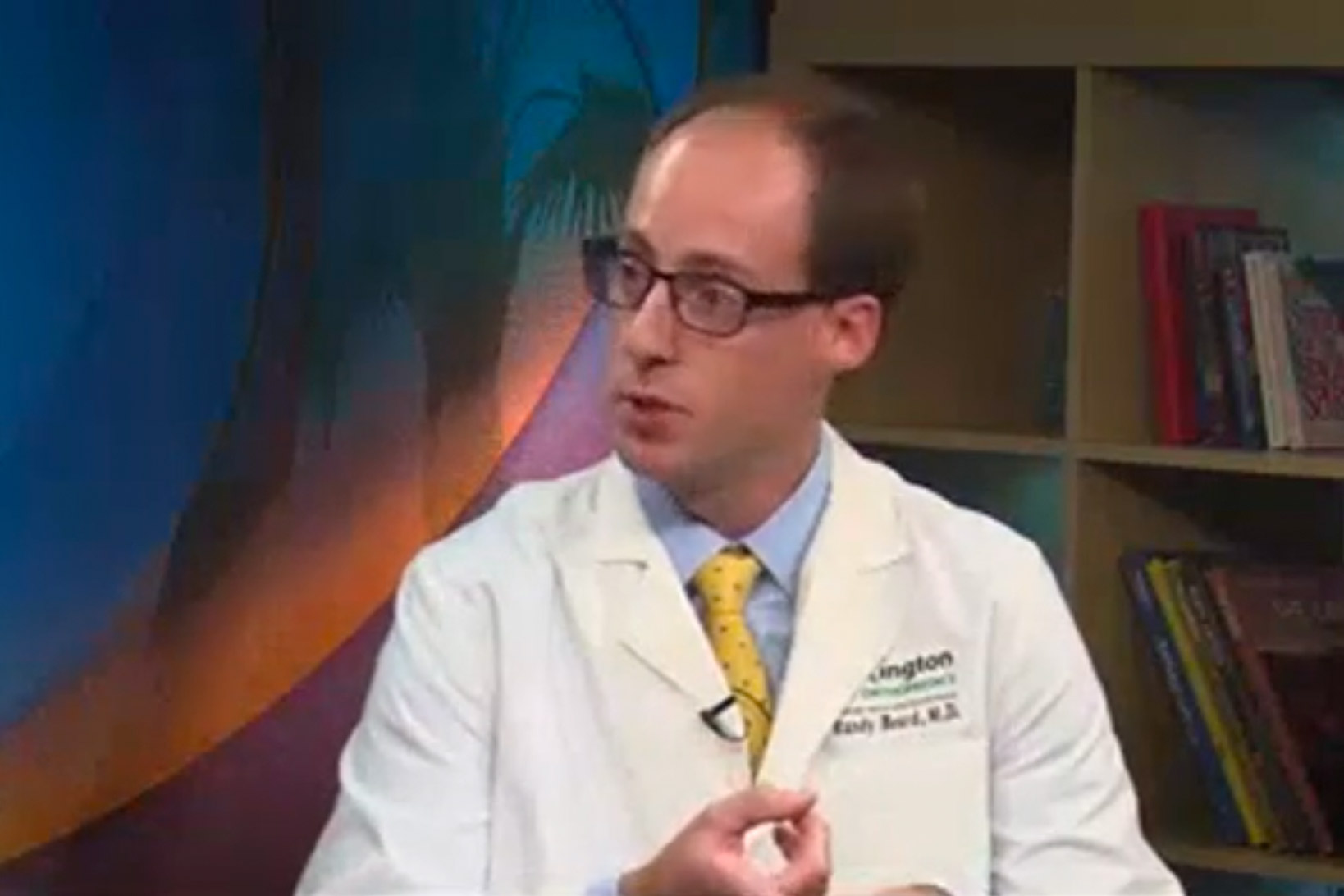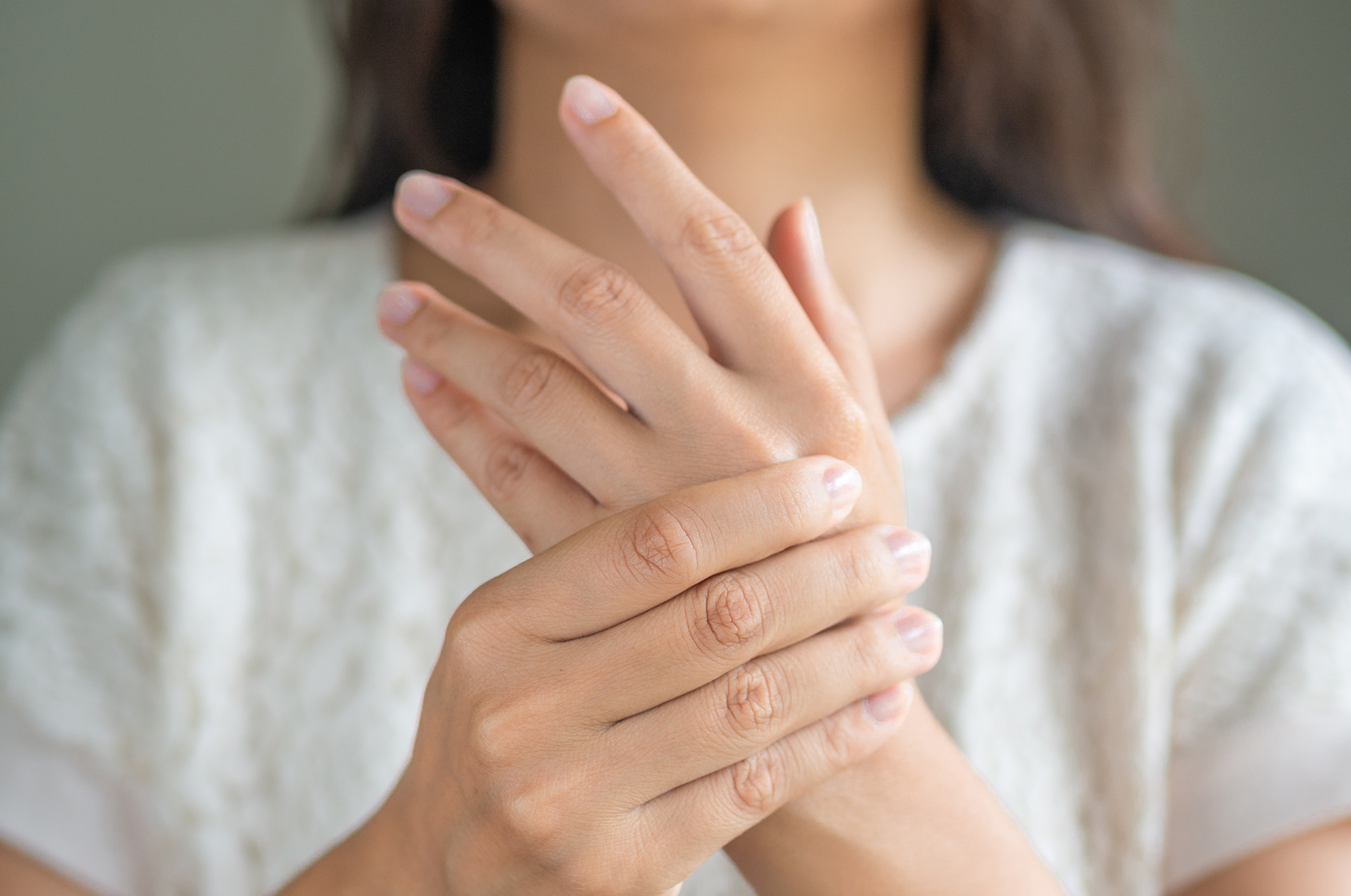When the torch is lit and the 2024 Summer Olympics get underway in Paris this week, the whole world will be watching the competition. Seeing the best athletes on the planet face off during the games of the XXXIII Olympiad can be incredibly inspiring. For many, watching the Olympics will serve as motivation for them to get off the couch - and get back in the game themselves.
While increased physical activity is a critical component of a healthier lifestyle - reducing the risk of many harmful conditions - attempting to go from couch potato to gold medalist too quickly can also carry with it certain medical risks. So if you find yourself moved by the competition or uplifted by the victorious strains of the national anthems - just remember that Paris, like Rome, wasn't built in a day.
Also, remember to be mindful of what your body is telling you as you start resuming physical activity.
“What's important to know is, if you start having issues or concerns about pains in your body, you need to seek help for that,” says Daniel Deasis, MD, an orthopedic surgeon specializing in sports-related injuries at Lexington Orthopaedics and Sports Medicine. With more than a decade of experience in comprehensive orthopaedic care - including ACL reconstruction, fracture repair, meniscus repair, shoulder replacement, arthroscopy and rotator cuff repair - Dr. Deasis knows all too well what happens when people try to get in shape the wrong way.
“A lot of folks watching the Olympics will want to go out there and become more active and do some new activities," he noted. "But it's important for them, and for everyone in general, to understand that not all of us are great athletes.”
What types of situations does Dr. Deasis see most often from folks who overdo it?
“One is shoulder pain,” he says. “The shoulder can involve a lot of different issues. It can be the muscles, it can be the bones. Sometimes, you'll see rotator cuff injuries. Those are the muscles that help stabilize the shoulder and provide motion and help with overhead types of activities.”
Another body part of particular concern to people who are middle-aged or older is the knee.
“When we start talking about knees, people can get strains or ligament sprains," Dr. Deasis said. "They can tear the cartilage. A lot of people will have meniscus tears, which are protective cartilages in the knee. If someone tweaks their knee awkwardly, that can potentially tear and cause pain. Ligaments in the knee can also cause pain.”
The potential for injury doesn’t stop there.
“When we go to the feet, people will have what's called plantar fasciitis, where the ligament that is on the bottom of the foot can become stretched, and that can cause pain," he said. "Along those same lines, the ligaments on the side of the ankles can stretch as well and cause ankle sprain. So those are just a few of the common things that we see in the clinic.”
But you needn’t let the possibility of injury derail your plans of returning to the sport or physical activity you love.
“There's certainly some things we can do to help prevent injuries to our bodies,” Dr. Deasis said.
For starters, start slowly.
“We can expect to see a lot of Gen-Xers and Baby Boomers in the early part of their senior years to suddenly get motivated - but you don't jump in a car and go from zero to sixty right away, right?" Dr. Deasis noted. "You've got to build up to it. It's the same with the body. If they decide to get active or pick up a sport they once played, start slow - and with lighter activities first - and then gradually progress instead of jumping straight from your couch to sprinting as fast as you can."
“Everyone gets excited with all these sports going on that they want to suddenly jump into," Dr. Deasis continued. "But you’ll definitely want to start slowly and gradually increase activity. Not overdoing it is really important. So if it's tennis for example, maybe just starting to hit volleys back and forth instead of going straight into an intense match. If you want to start playing basketball again, you shouldn't just walk into the gym and onto the court and start trying to play at full speed.”
Next, Dr. Deasis said it’s impossible to overstate the importance of a simple warmup precaution.
“Always stretch before and after any activities," he said. "It can really help your muscles get ready ... especially if they haven't done anything in quite some time.”
Should pain develop, aching athletes can begin addressing it by using the 'RICE' method.
“That’s Rest, Ice Compression, and Elevation,” Dr. Deasis explained. “If they've tried those things and it still hurts, don’t hesitate to contact either your primary care provider or an orthopedic specialist. Folks should go to an urgent care center or the emergency department if there's extreme pain, if there's swelling that's getting worse, if there's any kind of discoloration, or if they can't move any parts of the body that they can usually move. Otherwise, talking to a local orthopedic specialist can be beneficial to find out why they're having issues.”
And while older people are more susceptible to activity-related injuries, these concerns aren’t limited to them.
“For younger folks, their bodies are more flexible and then they may be a little bit less prone to injuries than older folks," he said. "But stretching is still important for them. Another concern for them is delaying medical treatment when it’s needed. They usually like to try to grit their teeth and try to fight through it. But that could be a sign of something a little bit more serious."
For example, injuries involving fractures - or tendon or ligament tears - should receive emergency treatment right away.
While there are risks to ramping up exercise - especially suddenly - the many health benefits associated with increased physical activity shouldn’t deter Olympic enthusiasts from going for the gold. Just be sure to follow Dr. Deasis' advice and start slow, play smart, and listen to your body.

Daniel P. Deasis, MD, Lexington Orthopaedics and Sports Medicine






Leave a comment